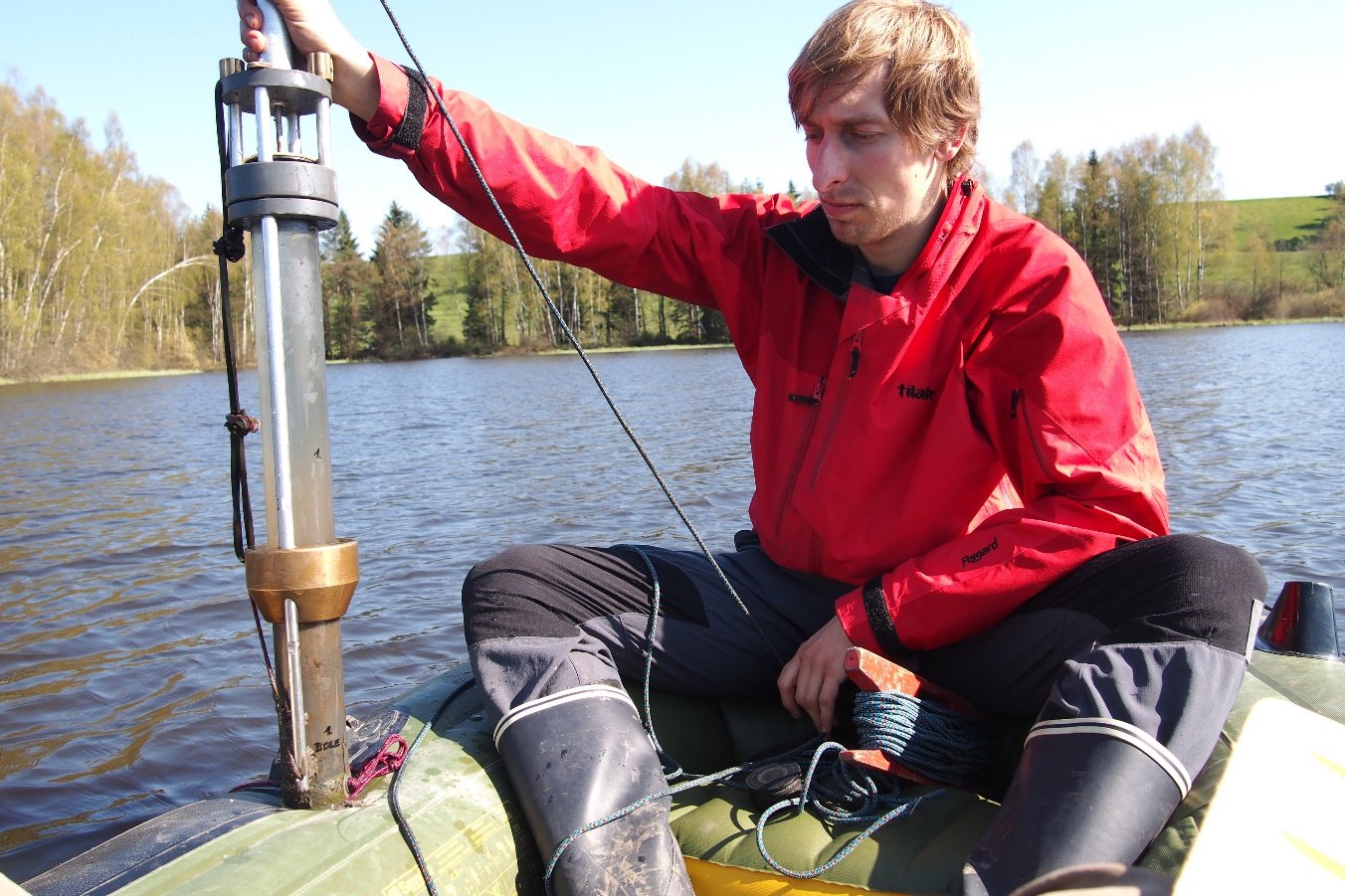Need Help?
3 July 2018
Quaternary Best Poster Award for Young Researchers at the IPA-IAL Meeting 2018—Winner Announcement
The Editorial team of Quaternary is happy to announce the winner of the Best Poster Award at the IPA-IAL Meeting 2018: Unravelling the Past and Future of Lakes, held in Stockholm (Sweden) on June 18th–21st. The Best Poster Award was resolved by an evaluation committee formed by Editorial Board Members of the journal.
The award has been granted to Mr. Daniel Vondrák (Institute for Environmental Studies, Charles University, Czech Republic), whose poster was titled: Multi-proxy evidence of the abrupt 8.2 ka paleoclimatic event from a small mountain lake in the Czech Republic (see the abstract below). Daniel’s work is supervised by Dr. Jolana Tátosová and Prof. Evžen Stuchlík, and focused on tracking past environmental changes (climate, acidification, ecosystem disturbances and recovery) using Quaternary lake sediments.

Multi-proxy evidence of the abrupt 8.2 ka paleoclimatic event from a small mountain lake in the Czech Republic.
Daniel Vondrák 1, Vachel Carter 2, Nick Schafstall 3, Alice Moravcová 2, Anna Tichá 2, Karen Halsall 4, Jolana Tátosová 1, Jennifer Clear 3, Richard C. Chiverrell 4, and Petr Kuneš 2
- Institute for Environmental Studies, Faculty of Science, Charles University, Prague, Czech Republic
- Department of Botany, Faculty of Science, Charles University, Prague, Czech Republic
- Department of Forest Ecology, Faculty of Forestry and Wood Sciences, University of Life Sciences, Prague, Czech Republic
- Department of Geography and Planning, University of Liverpool, UK
The 8.2 kiloyear event was the most abrupt climatic cooling to occur during the Holocene. Currently there are very few detailed records describing ecosystem responses to the event from inland Central Europe. Here, we present multi-proxy evidence from a sediment profile from Prášilské Lake, a small tarn in the Bohemian Forest, Czech Republic (49°05’N, 13°24’E; 1079 m a.s.l.; 4.2 ha; max. depth 17 m; catchment area 0.65 km2; anoxia near bottom). In a 2.2 m long sedimentary sequence, we identified a series of erosion events correlated with the 8.2 ka cooling identified by increases in Ti and Rb (microXRF), decreases in LOI, and increases in magnetic susceptibility. To reconstruct the lake-catchment response, water invertebrate fauna remains (chironomids, caddisflies, alderflies, bryozoans), diatoms, water and terrestrial plant macroremains, bark beetle remains, pollen and charcoal were analyzed. An initial phase of erosional activity likely began with a fire event within the catchment ~8500 cal. yr. BP, which allowed for the rapid succession replacement of an open Pinus-Betula dominated landscape to a more enclosed Picea dominated system. Our results document a subsequent increase in the presence of primary attack bark beetles (Ips typographus, Pityogenes chalcographus, Pityophthorus pityographus, and Polygraphus poligraphus) and changes in water fauna and diatom assemblages. The 8.2 ka event was characterized by sharp increase in both littoral and profundal chironomid taxa (genus Heterotrissocladius, Microtendipes, Procladius, Tanytarsus, and Zavrelimyia), higher diversity in the other macrozoobenthos, and dominance of heavily silicified planktonic diatoms (Aulacoseira spp.) suggesting intensive mixing of the lake water and improvement of oxygen conditions near the bottom. Based on this sensitive natural archive, we conclude that the climatic deterioration likely had a greater environmental impact in inland Central Europe than previously assumed.


